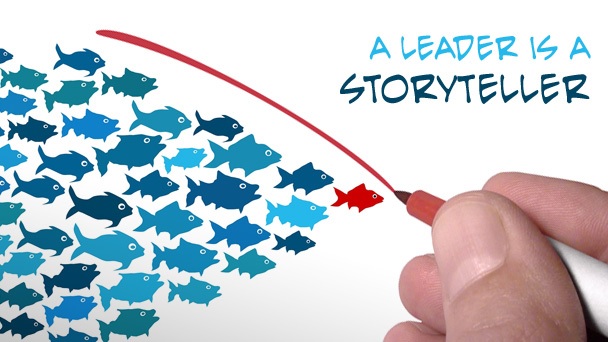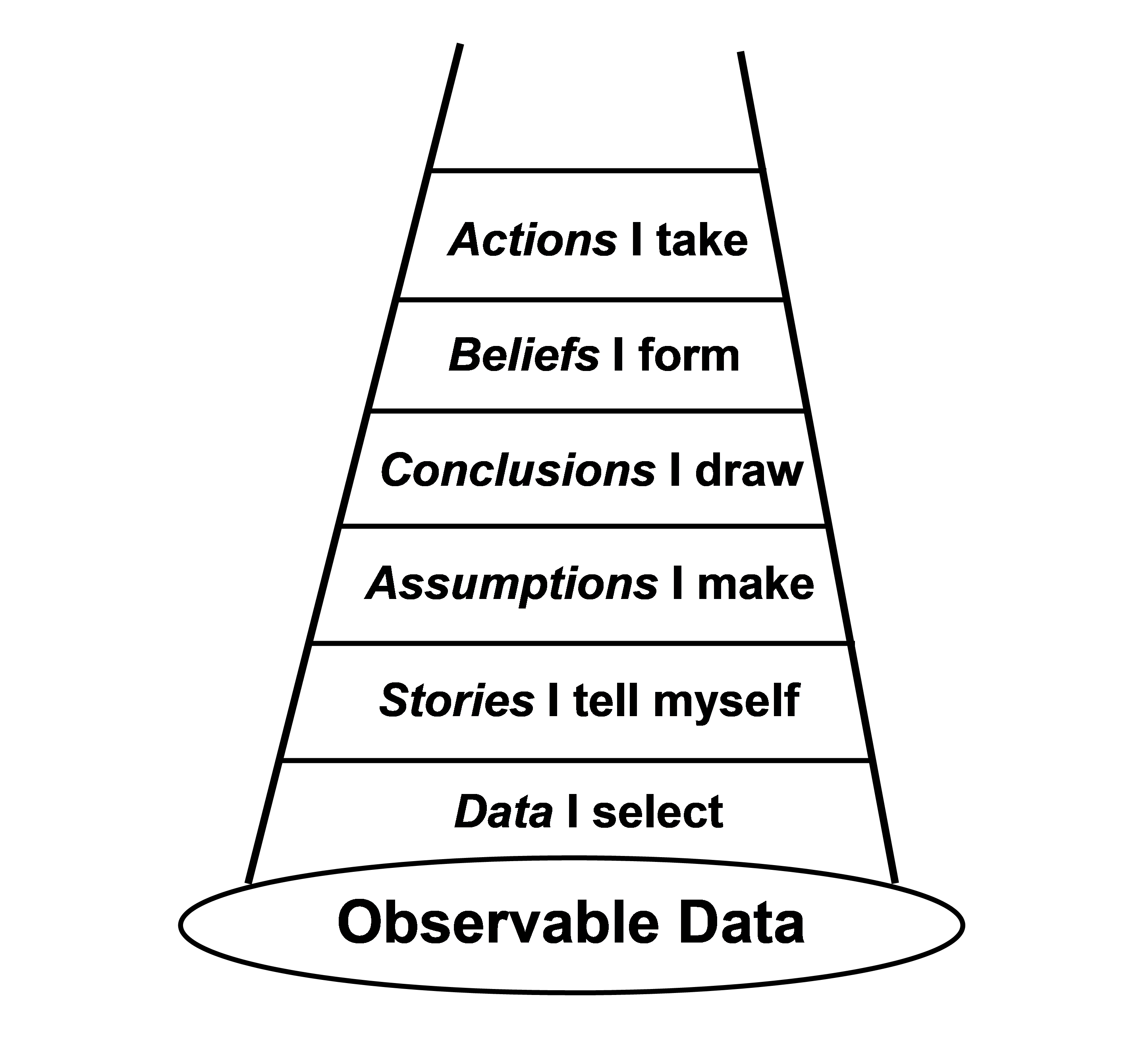This is the slowest pace of change for the rest of your life. ~Greg Dickason from CoreLogic
 Greg Dickason wrote both an attention-grabbing and accurate headline. Global Risks 2018 (an annual report published by the World Economic Forum) stated that the pace of technological and social change is “testing the absorptive capacities of institutions, communities, and individuals.”
Greg Dickason wrote both an attention-grabbing and accurate headline. Global Risks 2018 (an annual report published by the World Economic Forum) stated that the pace of technological and social change is “testing the absorptive capacities of institutions, communities, and individuals.”
Like it or not, our “absorptive capacities” will be tested for the rest of our lives, as well as the lives of our organizations. I discovered an HBR article back from 1997 entitled Changing the Way We Change by Richard Pascale, Mark Millemann, and Linda Gioja. While the article was written 20+ years ago, I believe their conclusions about the vital signs of organizational health to withstand change (i.e., absorptive capacities) still hold true today.
Here are four vital signs to test your organization’s “absorptive capacity,” your ability to thrive in the midst of change, with some of my added commentary.
Power. Authors Pascale, Millemann and Gioja ask “Do employees really believe that they can affect organizational performance? Do they believe they have the power to make things happen?” This seems obvious, after all, if employees don’t believe that their efforts can make a difference in the bigger picture then quite frankly, why should they change what they are doing, how they are doing it, or their attitude towards it? Yet, I see this first vital sign frequently overlooked.
Identity. Pascale, et al, ask “Do individual employees identify narrowly with their profession (i.e., engineers), their working team, their functional unit, or do they identify with the organization as a whole?” That dreaded word: silos. Too many silos throughout an organization make it much more difficult to shift gears, head in a new direction, or introduce any kind of change. The more employees can identify with the organization as whole, the greater the organization’s overall health and adaptability.
Conflict. How is conflict handled? Are conflicts avoided, swept under the rug? Or, is conflict confronted and resolved? Is there a shared understanding for the process of how conflict is handled? Healthy conflict is a good thing. It’s a necessity to effectively manage change.
Learning. The idea of organizational learning has been around for decades, yet I still find leaders who equate organizational learning with having a tuition reimbursement program. Organizational learning is how the organization deals with new ideas, how those ideas are tested, when things don’t work as expected how the organization responds?
This is the slowest pace of change for the rest of your life. How is your organization using power, identity, conflict, and learning, to more effectively maneuver through the changes that will most certainly “test your absorptive capacities”?


